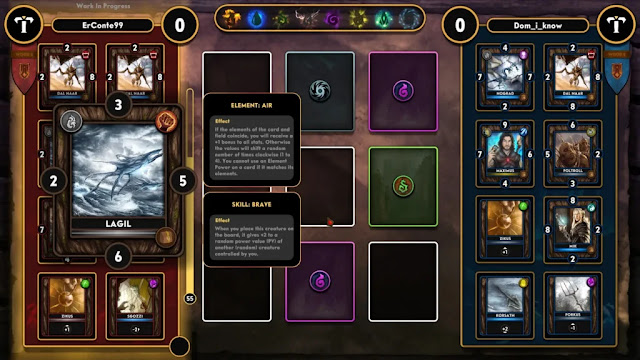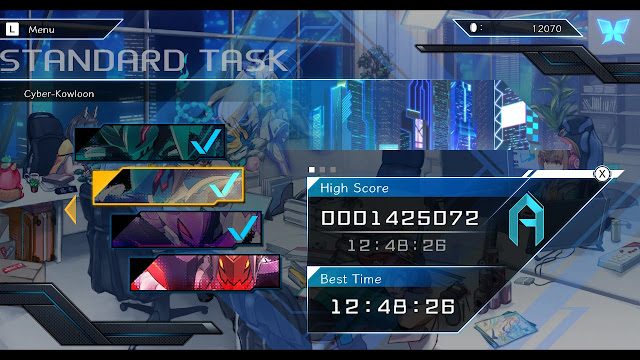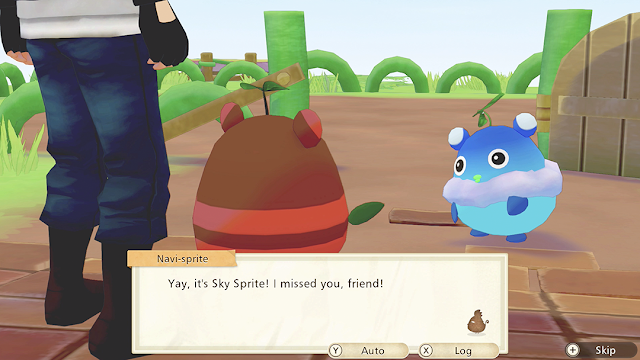Düsseldorf/Germany, July 27, 2022 – With Construction Simulator®, simulation enthusiasts can look forward to the most extensive vehicle fleet in the history of the game series. As astragon Entertainment and weltenbauer. announced today, players will get access to more than 70 officially licensed vehicles, machines, and equipment from 25 popular brands and manufacturers!
Construction Simulator®:
Long-awaited successor to the popular Construction Simulator® game series
More than 70 officially licensed vehicles, machines, attachments, and equipment from 25 well-known brands
Includes a number of vehicles known from the predecessors plus numerous newly added brands!
Two huge and completely new maps: EU and US setting, each with an extensive campaign
Entirely revised mission system including a multitude of challenging contracts
Open world with dynamic day and night cycle
Improved vehicle and earthmoving system
Officially licensed work clothes
Completely revamped, modern graphics
Co-op multiplayer for up to 4 players
To be released on September 20, 2022 for PC, PlayStation®4, PlayStation®5, Xbox One, and Xbox Series X|S
In Construction Simulator®, players will get the opportunity to establish their own construction company and use an enormous selection of construction machines in two huge open-world scenarios, each with their own extensive campaign, to work their way up from a simple construction worker to the biggest construction company in town. Thanks to the great freedom and the huge selection of officially licensed vehicles and machines, construction and simulation fans can look forward to hundreds of hours of fun!
With more than 70 vehicles, machines and equipment from 25 brands and manufacturers, Construction Simulator® is offering the most extensive vehicle fleet in the history of the popular game series. In addition to vehicles and machines from renowned makers such as Liebherr, CASE, Bobcat, PALFINGER, STILL, MAN, ATLAS, Bell, BOMAG, WIRTGEN, VÖGELE, HAMM, Mack Trucks, MEILLER Kipper, SCHWING and Kenworth already known from the game’s predecessors, construction enthusiasts can also look forward to new brands such as Scania, Doosan, Cifa, DAF, Benninghoven, Nooteboom and Wacker Neuson – and last but not least: for the first time also officially licensed workwear by Engelbert Strauss!
Construction Simulator® will be released on September 20, 2022 for PC as well as optimized versions for PlayStation®4, PlayStation®5, Xbox One and Xbox Series X|S. An overview of selected pre-order options including a discount of 10% for the Construction Simulator – Extended Edition is available here: http://shop.construction-simulator.com
Please visit us at:
Homepage: https://www.construction-simulator.com/
Facebook: https://www.facebook.com/ConSimGame/
Twitter: https://twitter.com/ConSimGame
Instagram: https://www.instagram.com/ConSimGame/
Discord: https://discord.gg/astragon
©2022 astragon Entertainment GmbH. © 2022 weltenbauer. Software Entwicklung GmbH. Published and distributed by astragon Entertainment GmbH. Construction Simulator, astragon, astragon Entertainment and its logos are trademarks or registered trademarks of astragon Entertainment GmbH. weltenbauer., weltenbauer. Software Entwicklung GmbH and its logos are trademarks or registered trademarks of weltenbauer. “PlayStation Family Mark”, “PlayStation”, “PS5 logo”, “PS4 logo”, "PS4" and “PS5” are registered trademarks or trademarks of Sony Interactive Entertainment Inc. Xbox One, Xbox Series and the Xbox logos are trademarks of the Microsoft group of companies and are used under license from Microsoft. All other intellectual property relating to the construction equipment, associated brands, and imagery (including trademarks and/or copyrighted materials) featured in the game are therefore the property of their respective companies. All rights reserved.
About astragon Entertainment GmbH
Founded in 1998, astragon Entertainment GmbH, a subsidiary of Team17 Group PLC, is a leading German games developer, publisher and distributor of sophisticated ‘working’ simulation games, focusing on non-violent cooperative gameplay with very detailed, technical, and realistic environments. astragon’s internationally well-known IPs include Construction Simulator, Bus Simulator, Police Simulator: Patrol Officers and Firefighting Simulator. The distribution of high-quality licensed and distribution products such as Farming Simulator and SnowRunner complete its attractive product range. astragon games are available worldwide on many different platforms such as consoles, smartphones, tablets, and PC. Visit www.astragon.com for more information.
About weltenbauer. Software Entwicklung GmbH
weltenbauer. Software Entwicklung GmbH is a developer of computer games, interactive applications and visualizations. Since 2006 weltenbauer. has implemented a great variety of projects in the games, serious games and interactive segments. This has enabled the team to gain extensive experience in multi-platform development for mobile devices, consoles, desktop systems and browsers. The weltenbauer. team consists of 60 permanent employees and free-lance experts from the fields of 3D computer graphics, conceptualization, real time, and web development. Find more information on www.weltenbauer-se.com and www.facebook.de/weltenbauer.
Article by: Susan N.







.jpg)







































